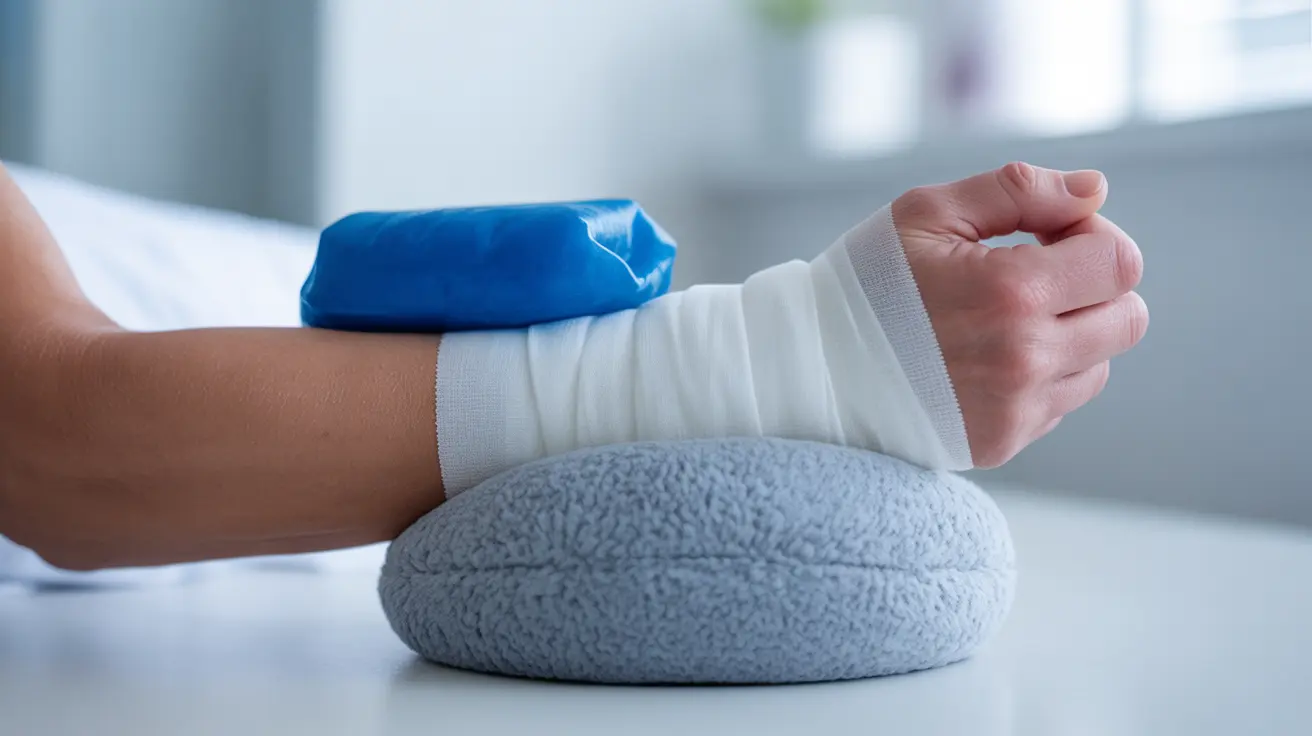Understanding how to prevent a bruise effectively can save you from unsightly marks and discomfort after an injury. Whether you're prone to bruising or simply want to be prepared for accidental bumps, knowing the right preventive measures can make a significant difference in your recovery process.
This comprehensive guide will explore proven strategies to minimize bruising, from immediate post-injury care to long-term prevention methods, helping you maintain healthier, more resilient skin.
Immediate Actions After Impact
The first few minutes following an injury are crucial in preventing or minimizing bruise formation. Taking swift action can significantly reduce the severity of bruising:
The RICE Method
Apply the RICE protocol immediately after injury:
- Rest the affected area
- Ice the impact site for 15-20 minutes
- Compress the area gently with an elastic bandage
- Elevate the injured body part above heart level
Cold Therapy Timing
Apply cold therapy within the first 48 hours after injury. Use cold compresses or ice packs wrapped in a thin cloth for 15-20 minutes at a time, several times per day. This helps constrict blood vessels and reduce internal bleeding that causes bruising.
Dietary Approaches to Prevent Bruising
Your diet plays a crucial role in preventing bruises and supporting faster healing:
Essential Nutrients
Include these key nutrients in your diet:
- Vitamin C: Found in citrus fruits, berries, and leafy greens
- Vitamin K: Present in kale, spinach, and broccoli
- Zinc: Available in nuts, seeds, and lean meats
- Protein: Essential for tissue repair and strength
Beneficial Supplements
Consider these supplements after consulting with your healthcare provider:
- Bromelain
- Arnica (topical or oral)
- Rutin
- Vitamin C supplements
Medications and Supplements to Watch
Certain medications can increase your likelihood of bruising. Be aware of:
Common Blood Thinners
Monitor your use of:
- Aspirin
- NSAIDs (like ibuprofen)
- Prescription anticoagulants
- Fish oil supplements
Lifestyle Modifications for Bruise Prevention
Making simple changes to your daily routine can help reduce bruising risk:
Environmental Changes
Implement these practical solutions:
- Improve lighting in your home
- Remove potential hazards and clutter
- Use corner guards on furniture
- Wear protective gear during activities
Exercise and Movement
Maintain good balance and strength through:
- Regular exercise
- Balance training
- Proper form during physical activities
- Careful movement in confined spaces
When to Seek Medical Attention
While most bruises are harmless, certain signs warrant medical evaluation:
- Bruises that appear without known injury
- Excessive bruising from minor impacts
- Bruises that don't heal within two weeks
- Bruising accompanied by severe pain or swelling
Frequently Asked Questions
What are the most effective steps to prevent a bruise immediately after an injury? Apply ice immediately for 15-20 minutes, compress the area gently with an elastic bandage, and elevate the affected area above heart level. Continue this treatment for the first 48 hours after injury.
How can diet and supplements help reduce the risk of bruising? A diet rich in Vitamins C and K, zinc, and protein can strengthen blood vessels and support tissue repair. Supplements like bromelain and arnica may also help, but consult your healthcare provider before starting any supplement regimen.
Which medications or supplements increase the likelihood of bruising and should be avoided? Blood-thinning medications like aspirin, NSAIDs, prescription anticoagulants, and supplements like fish oil can increase bruising risk. Never stop prescribed medications without consulting your doctor.
What lifestyle or environmental changes can help lower the chances of getting bruises? Improve lighting, remove hazards, use protective gear during activities, and maintain good balance through regular exercise. Installing corner guards and organizing living spaces can also help prevent accidental impacts.
When should I see a doctor about frequent or unexplained bruising? Seek medical attention if you experience unexplained bruising, bruises that don't heal within two weeks, excessive bruising from minor impacts, or bruising accompanied by severe pain or swelling.




